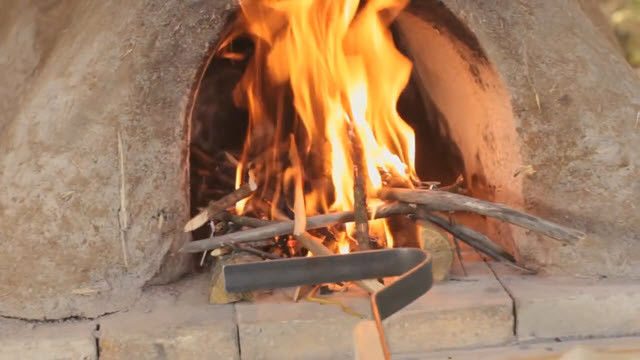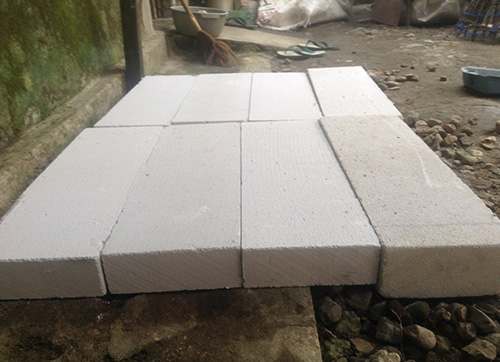Earthen ovens have been in use for thousands of years and are made of a clay-sand mixture that is hardened by the wood fire used to heat it. The way they work is that a fire is set, the oven is heated, and then the cooking is done with retained heat after the fire is removed. Foods prepared using this method are cooked slowly and evenly with almost no chance of burning.
The existence of ovens like this can be traced back even further than the 18th century. In fact, just about every ancient culture had a very similar oven. There’s one particular woodcut illustration from medieval times depicting an earthen oven built on a wagon.
There are references in 18th-century literature as well as archaeological evidence that you would find ovens like these in private homes and in fort settings. There are also references to communal ovens, where the baker would bake bread for an entire village.
Related: 10 Survival Crops You Can Grow Without Irrigation
Why an Earthen Oven Is Better Than the Modern Oven
There are some benefits of the traditional earthen ovens:
1. Earthen ovens cook pizza quickly.
2. Earthen ovens save energy.
3. Earthen ovens boost food flavor.
4. They are cheap and easy to build.
If you can build sandcastles, then you can build a clay oven. As for cost, well, if you are handy, you can scavenge or borrow most of the materials for free. Even if you have to buy everything, your total cost is likely to be no more than $50 (depending on the materials chosen and your location).
Supplies You Need
To build your earthen oven, you will need the following:
- Building sand
- Cob/clay
- Straw, dried grass, or hay
- Big paper or newspaper
- Fire bricks
- Water
Building Your Earthen Oven
Before you build your oven, you have to consider where you’re going to build it. There are historical examples of ovens built on the ground, tables, bricks, stone plinths, and hearths. You will also need to make sure that your oven is protected from bad weather. It is water-soluble, and it will just wash away with the rain, so if you want it to last, you’re going to want to build it under a roof or have it covered. For this tutorial, I used a ground base because it’s the easiest and the ground in my backyard is high enough.
Once you have decided where you are going to put it, lay out a layer of bricks for the oven’s base, and chalk out a design. Mine is about 18 inches across for the inside measurement. The fire bricks that I used are from Asia, and they’re huge. If using normal-sized bricks, you will need about 40–50 bricks.
The walls are going to be about 4 inches. The door is about 8 inches.
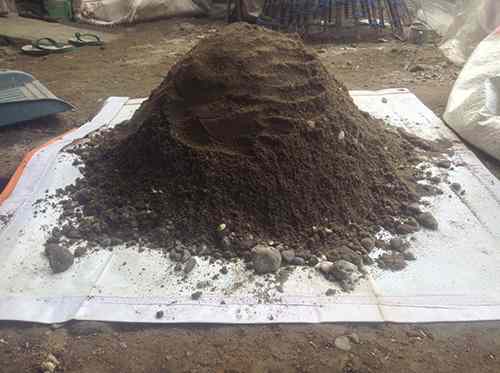
Once you have decided on the design of your oven, you should start working on your clay.
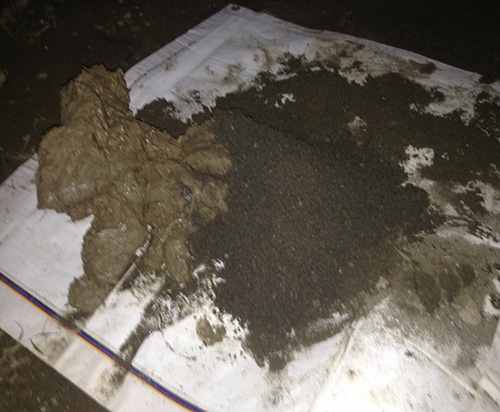
You probably want to make a bunch of this cob beforehand. It ages well, so it won’t go bad if you wait overnight. This will ensure that as soon as you’re done with your sandcastle core, you can start putting the clay on right away. You don’t have to worry about the sand drying out and blowing away while you’re making your cob.
Related: How Cherokees Used Trees of Southern Appalachia for Food, Medicine, and Craft
The inner layer of mud or cob will be made of a mixture of sand and clay with about two parts sand for one part clay. You have to mix these two together well. Make sure it reaches the right consistency—not too sloppy or wet—to allow you to work with it. Also, ensure that the top is dusted with more sand than clay because if there is more clay, your oven will shrink and crack.
Now you want to go ahead and build the core.
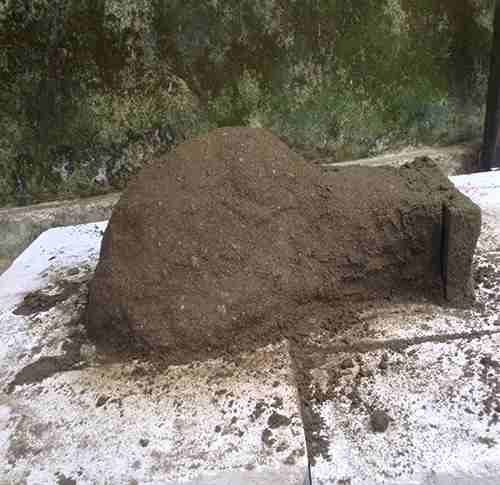
This is going to be like a sandcastle—very wet sand piled together—and the form may differ according to your preferences. You will start building your oven around this pile, so make sure the sand stays wet until the first layer is completed (as you will see later). Another method is to use sticks and hay, but using wet sand is going to be much easier and quicker. In order to shape the door, you should place a brick wall to get a nice flat surface to build up against.
There aren’t very many critical things about the shape and the size of your oven, but there is one critical thing: the height of the opening tunnel compared to the height of your dome. This has to be a particular ratio or else the air won’t flow through when you’re burning the wood inside. The tunnel needs to be between 60–65%, or about 63%, of the height of the dome.
Once your inner core is built, you need to put paper on it.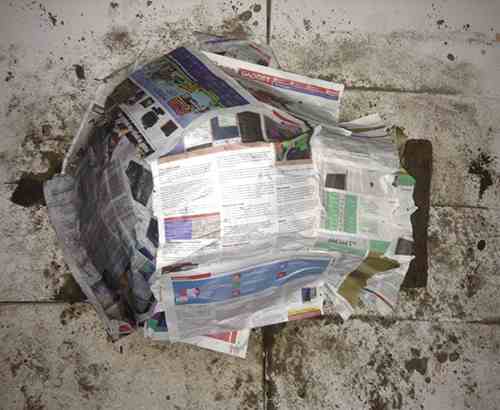
Wet the paper thoroughly, and layer it over the sand. This will allow you to separate the sand from the inner surface once the oven is finished. Now you can start framing the first layer with the previously made mixture of sand and clay or cob.
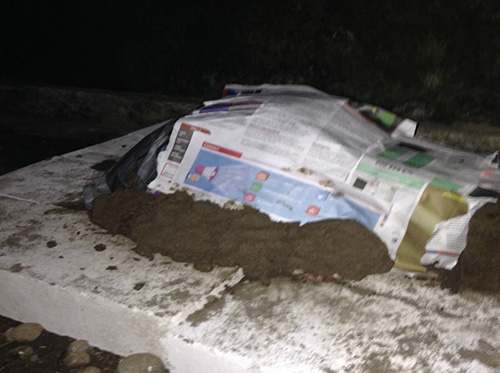
This first layer needs to be about 3 inches thick and will not have any straw or hay because that will burn up. Start from the very bottom, and work your way up so you can make sure the thickness is the same all around. When you are done with this layer, allow it to set overnight so it will be slightly firmer. Don’t allow it to get too dry or else the next layer won’t adhere properly. Scratch up the layer a little bit so the next layer of cob adheres nicely.
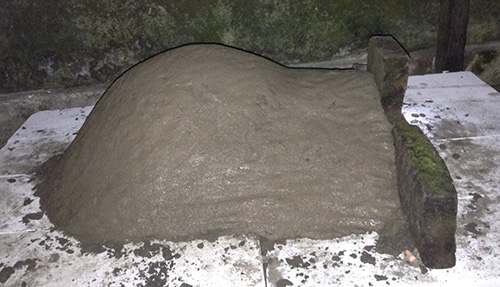
The second layer of cob will contain grass, hay, or straw in order to give it more strength than the inner layer. The first thing you need to do is mix the clay and sand. As soon as that’s close to the right consistency, you’ll add the grass, hay, or straw.
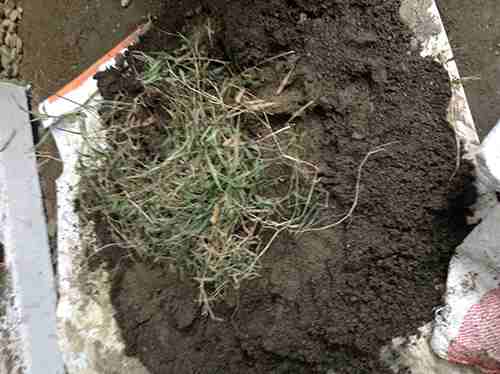 The outside layer should also be about 3 inches thick. Make sure the second layer butts up well over the inner core, so there isn’t a big airspace in between. Make sure you put the cob all the way around. You might want to start a little thinner at the bottom because some mixture will sag down into position a bit as you go farther.
The outside layer should also be about 3 inches thick. Make sure the second layer butts up well over the inner core, so there isn’t a big airspace in between. Make sure you put the cob all the way around. You might want to start a little thinner at the bottom because some mixture will sag down into position a bit as you go farther.
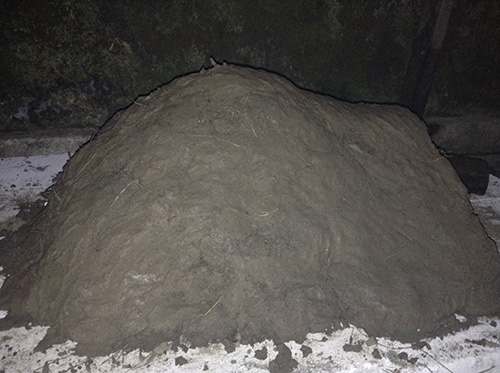
Depending on your location, environment, time of year, and climate (humid, arid, etc.) the drying time could vary from 2 to 4 weeks or even longer. It is essential to let your oven-dry for however long is needed.
While it’s drying, you need to protect it from rain and moisture, but don’t cover your oven with plastic materials because it will need to breathe in order to dry. Preferably, as stated earlier, it is best to build your oven under an already covered area.
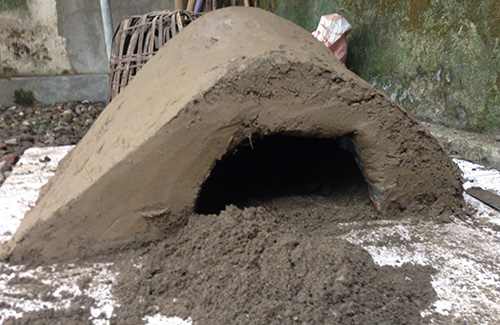
As it starts to get dry enough, you can begin to slowly dig the sand out. Don’t worry too much about the paper because it will burn out anyway. Every few days dig out a little more of the sand in order to allow some air inside. This will stimulate the drying process inside the oven.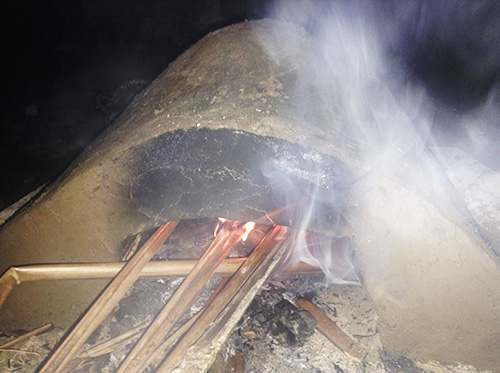
Once the sand core has been removed and your oven is adequately dry, you will be ready to fire it up. If your oven is not completely dry before you fire it, it will cause cracking in the body.
The last part needed is an oven door. An oven door is usually constructed out of wood and should provide a tight fit with your oven body.


